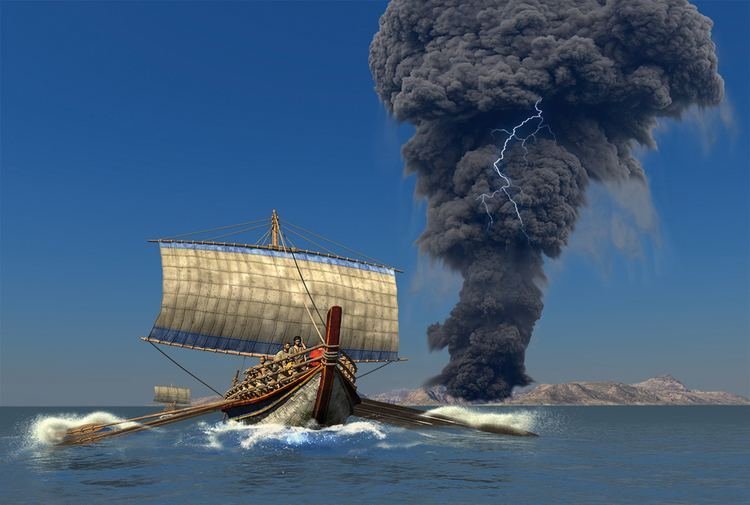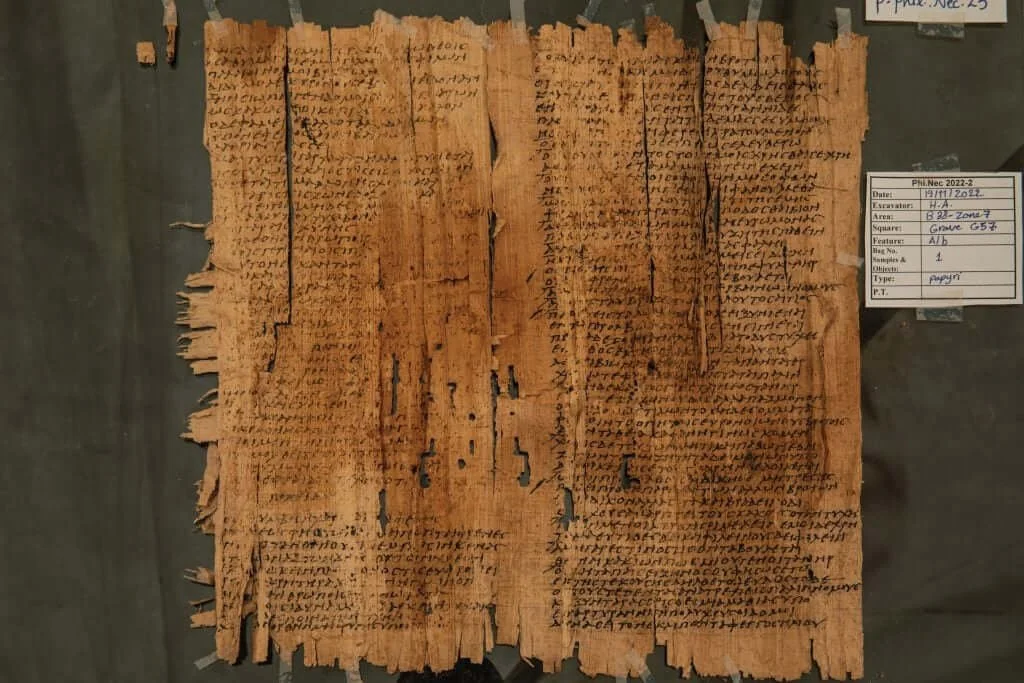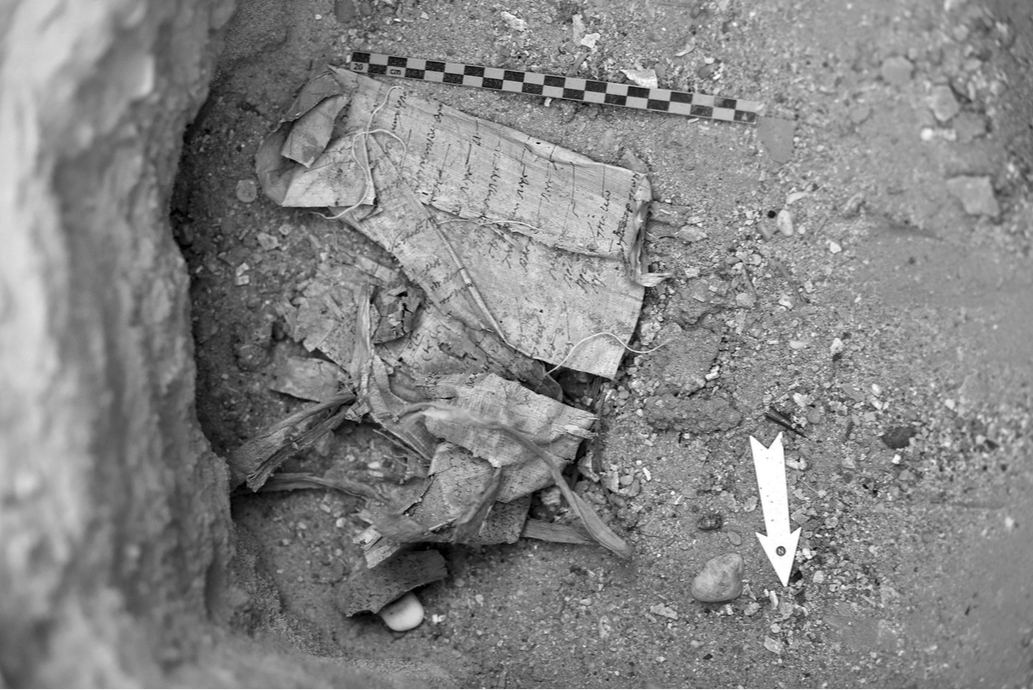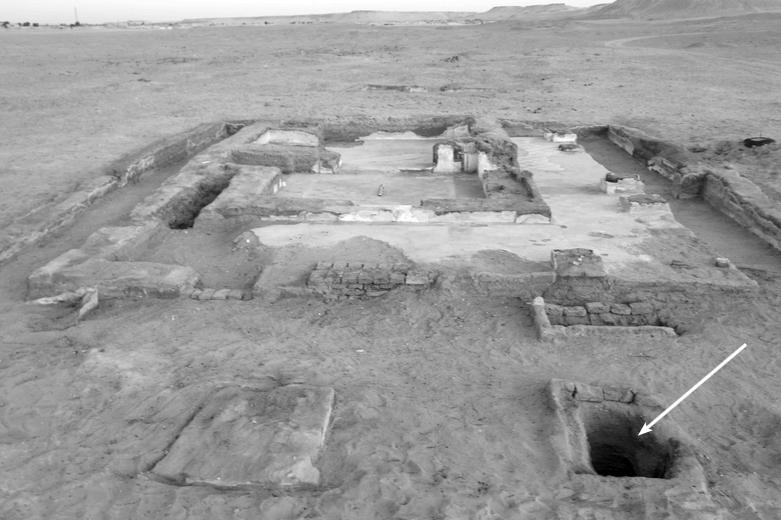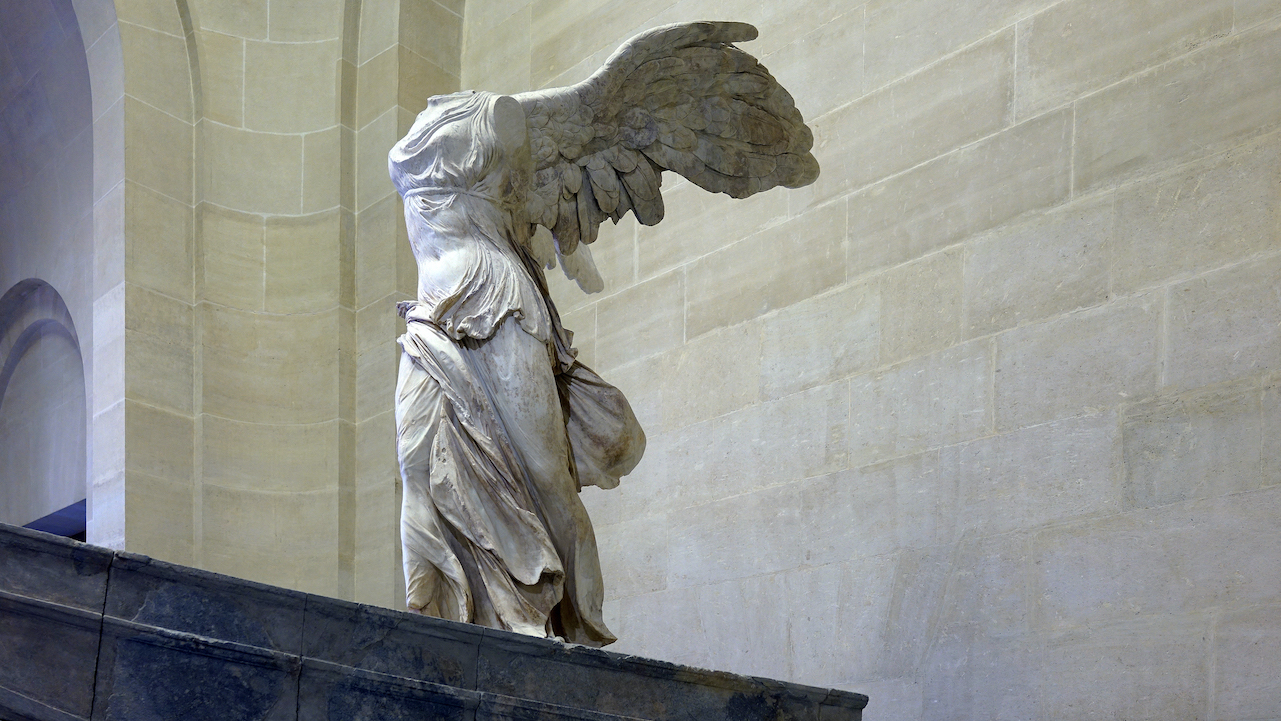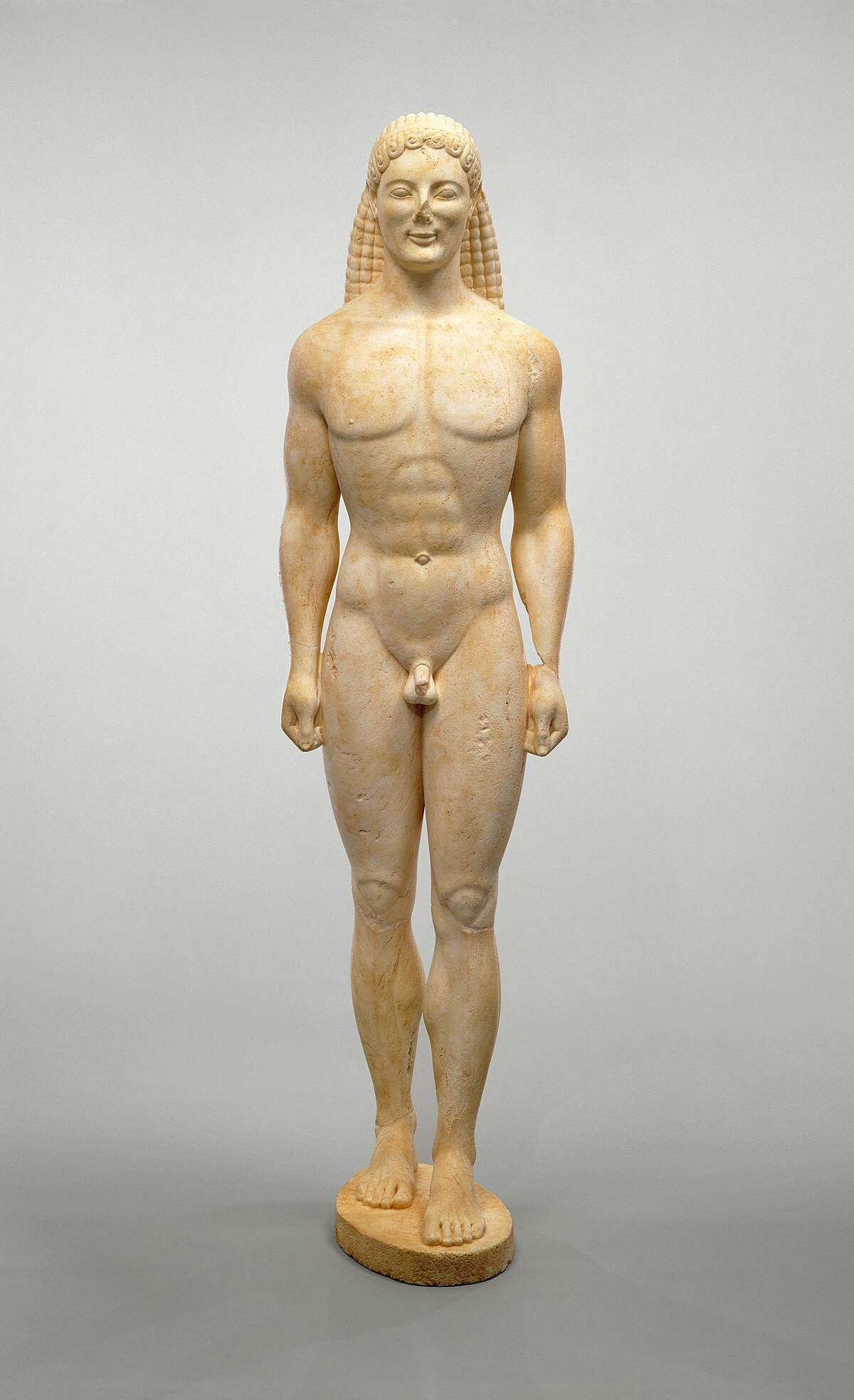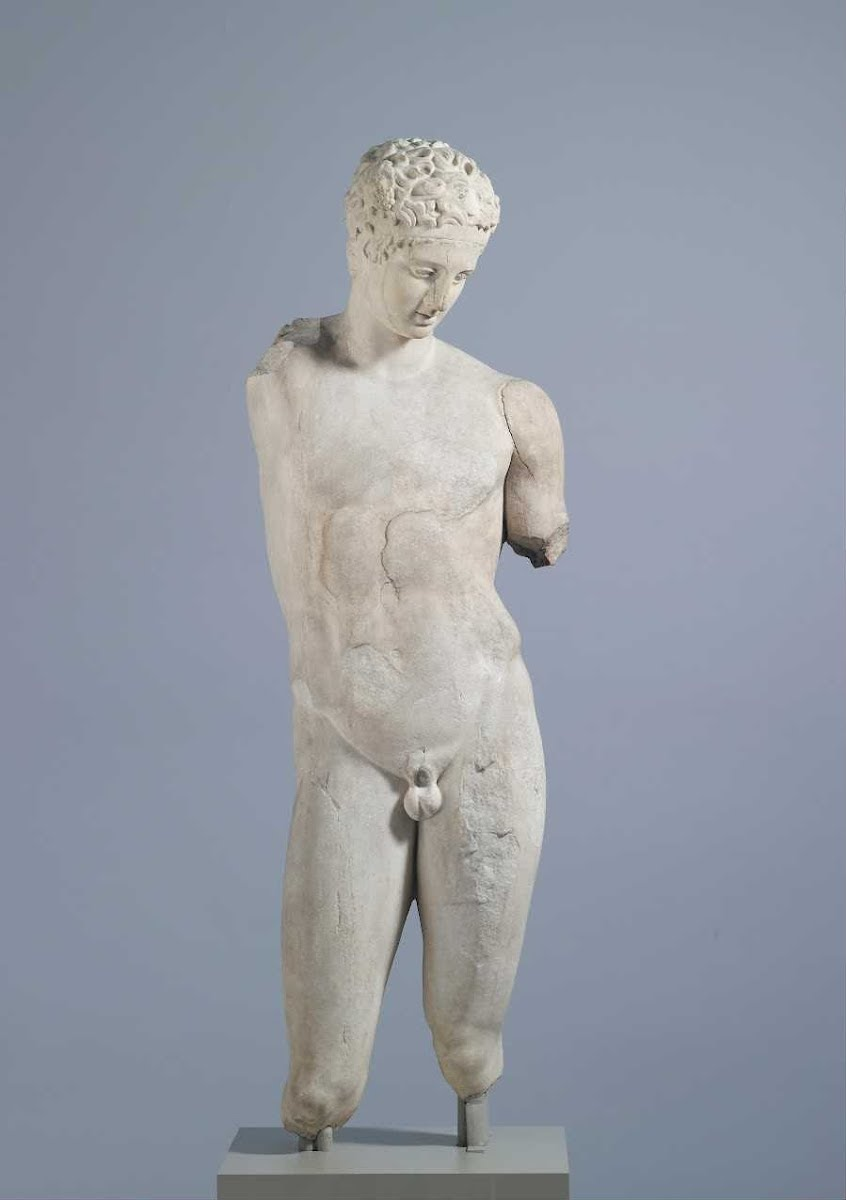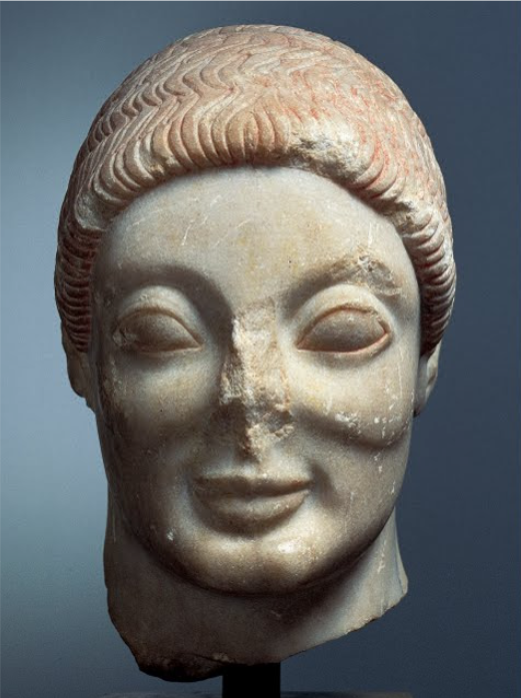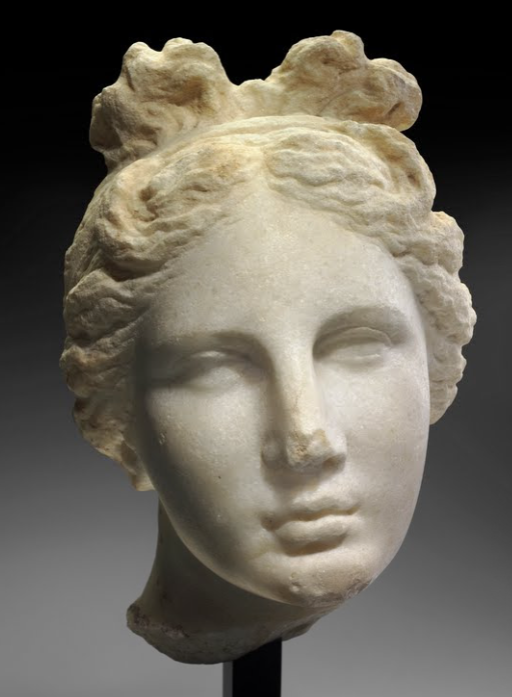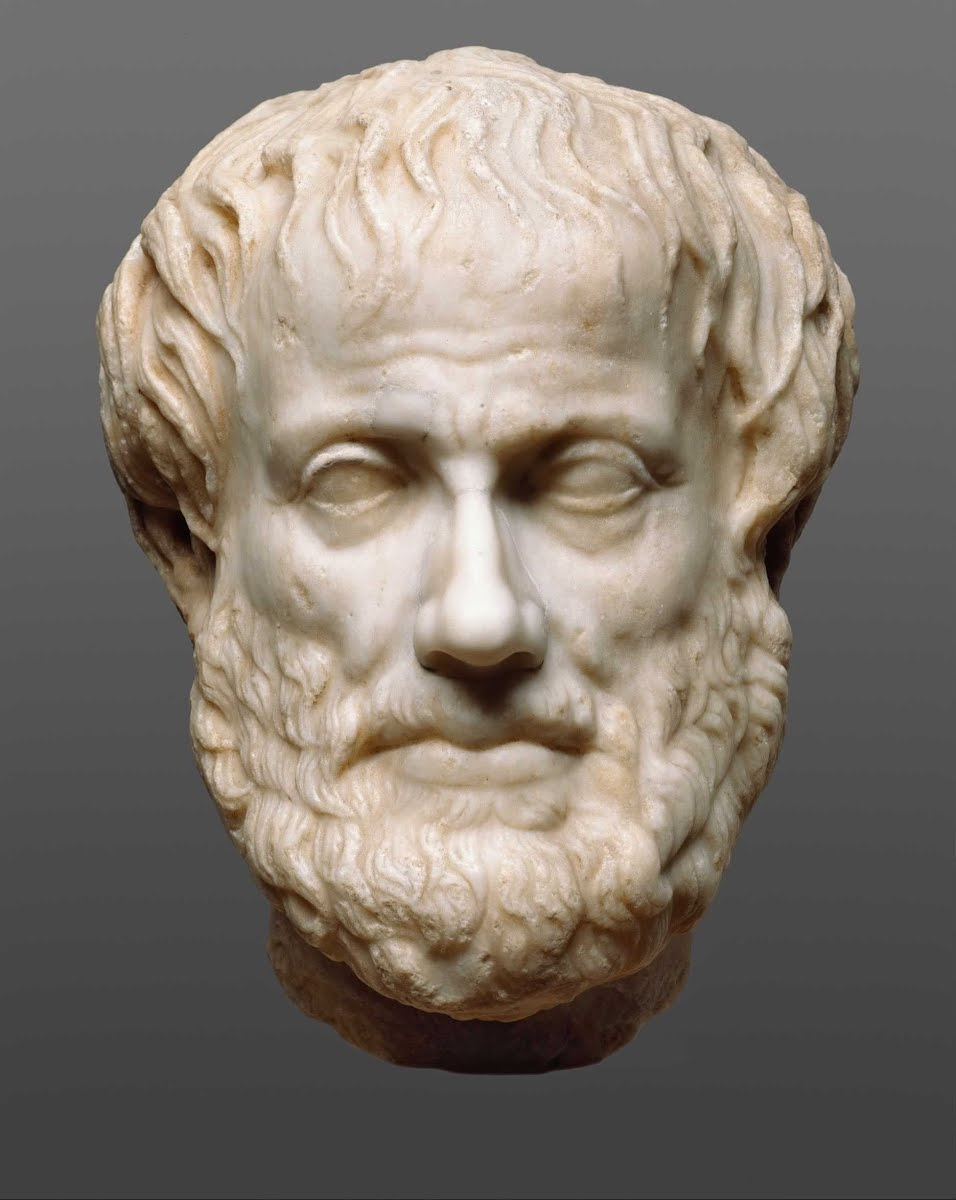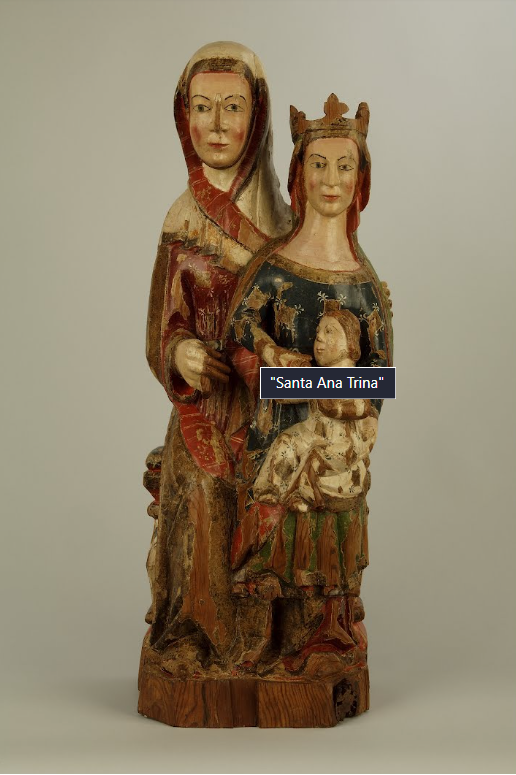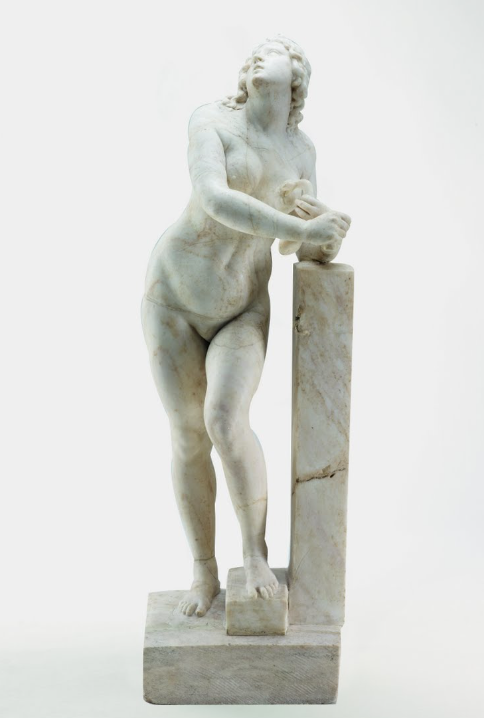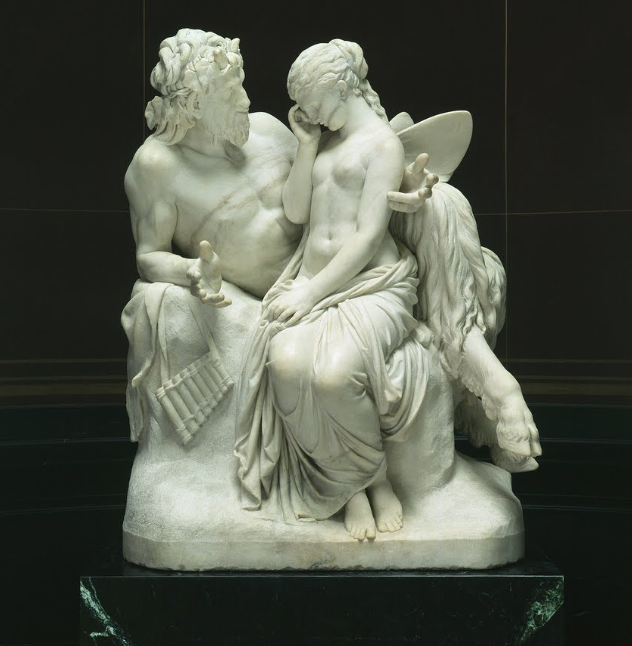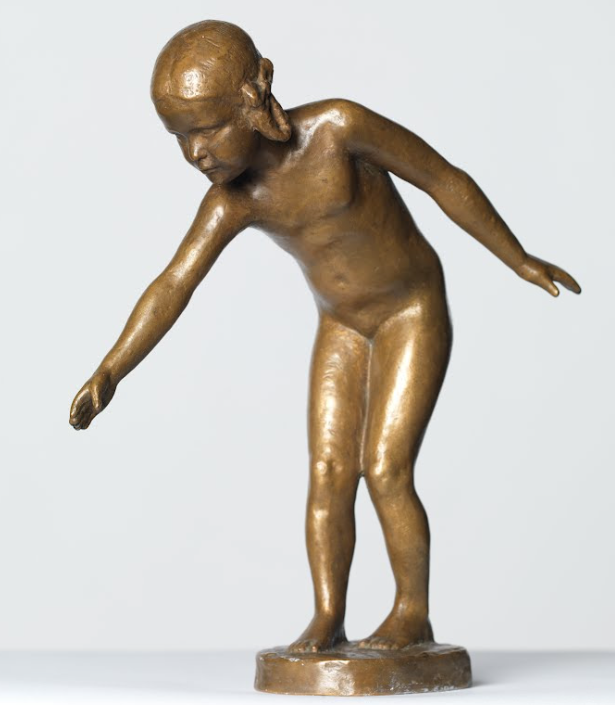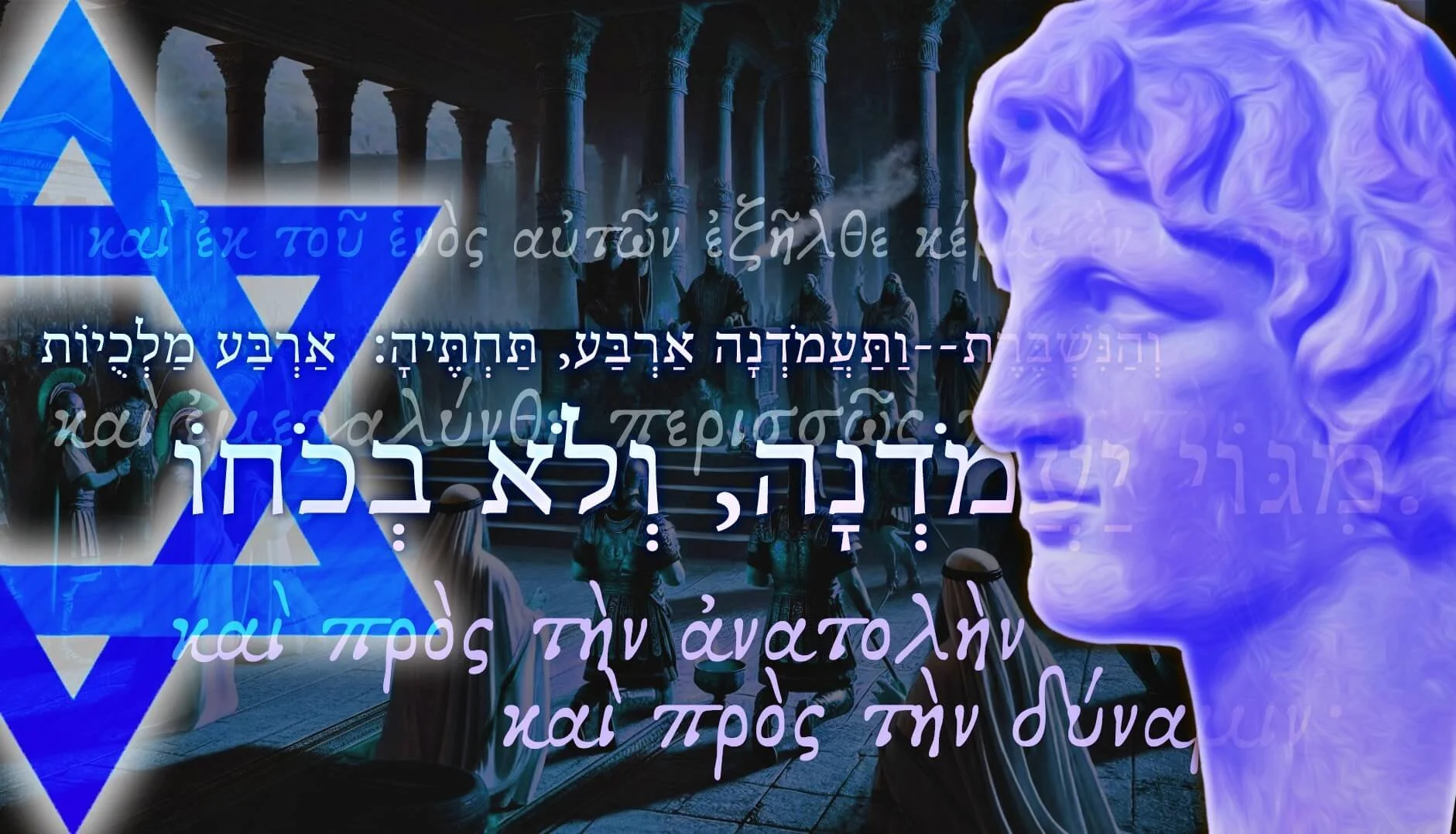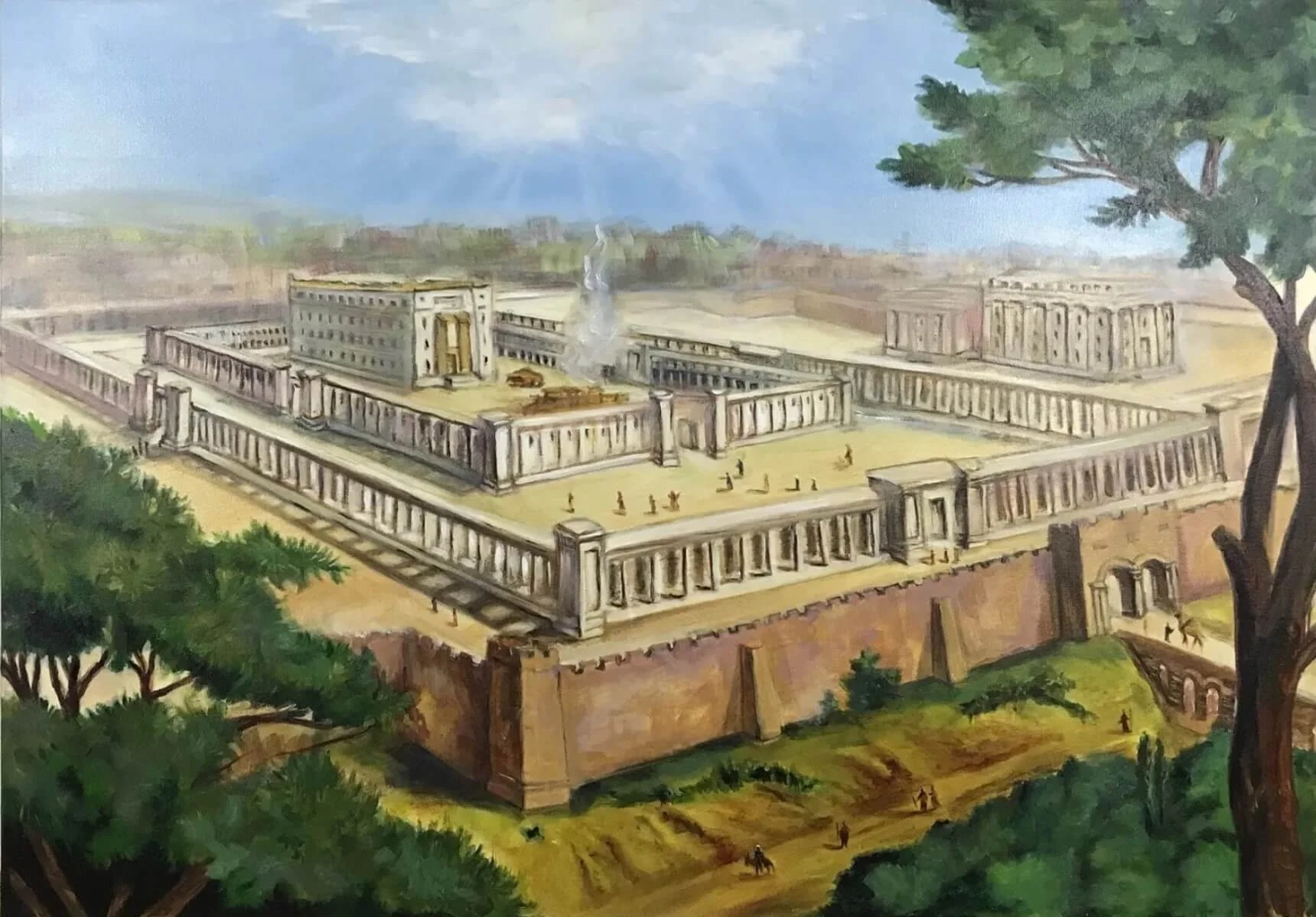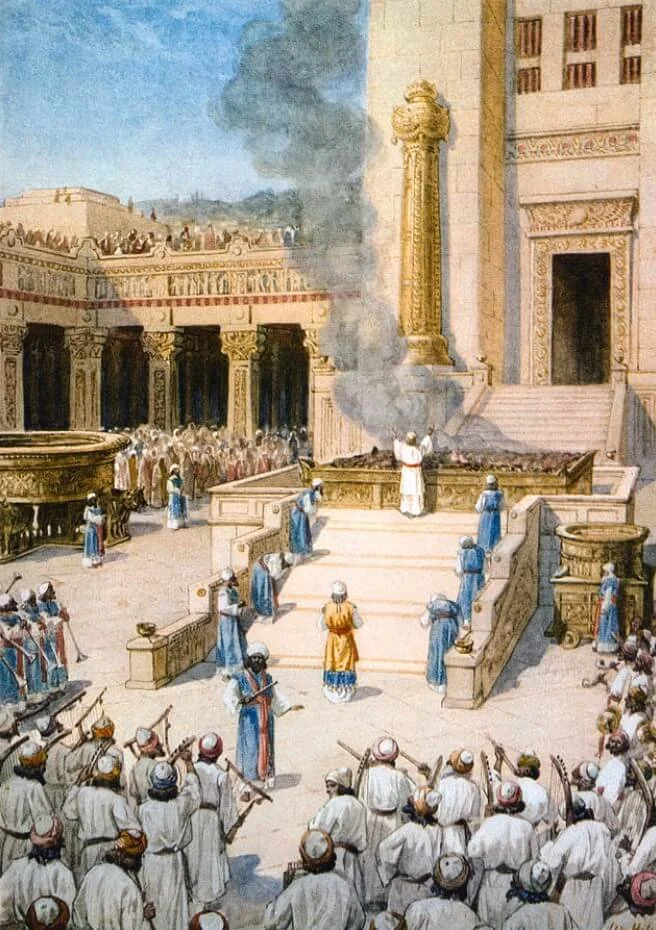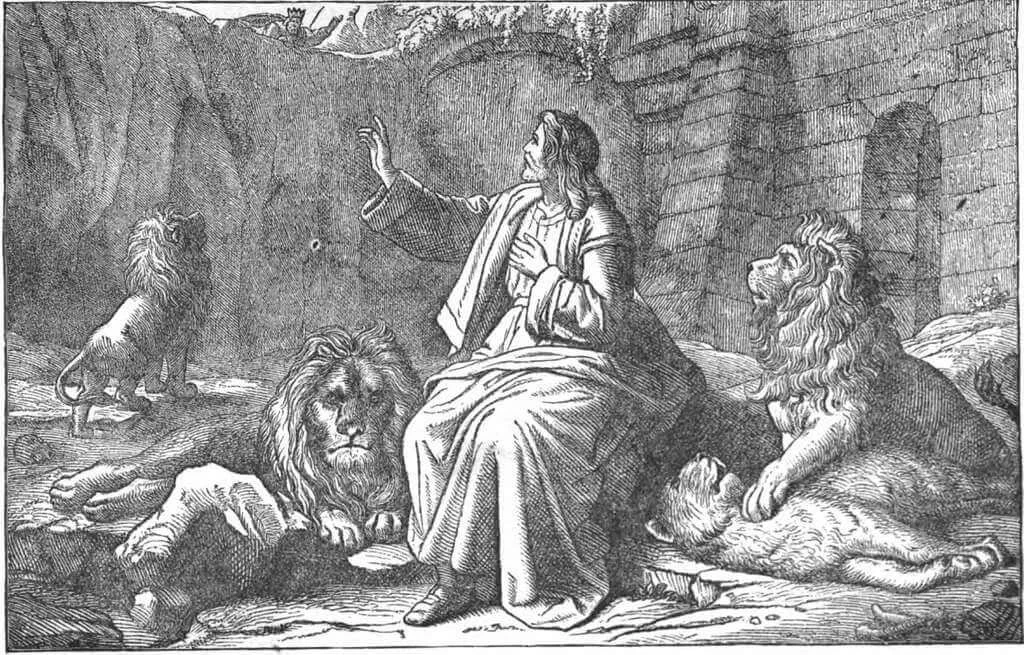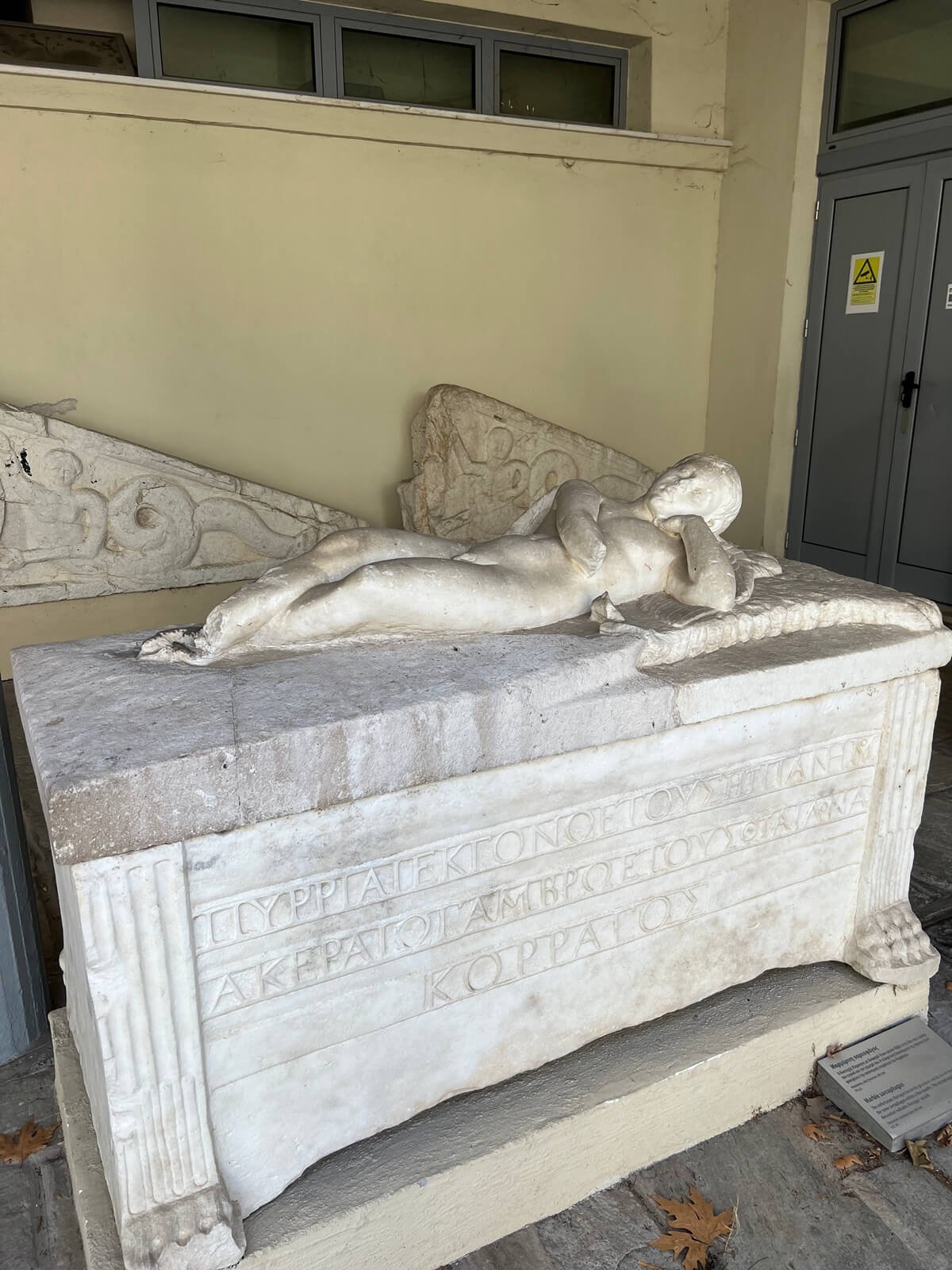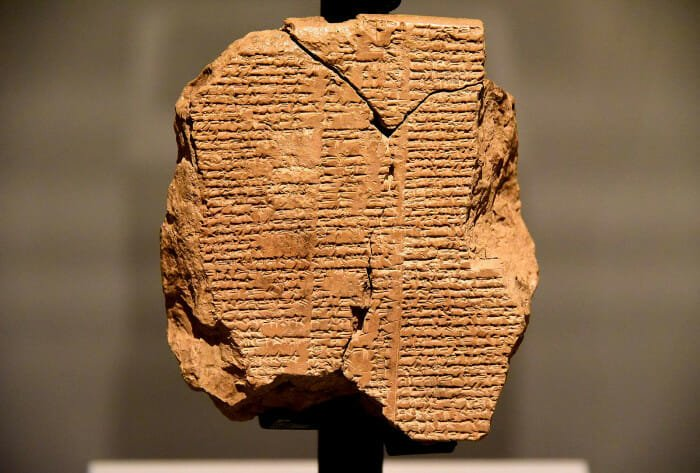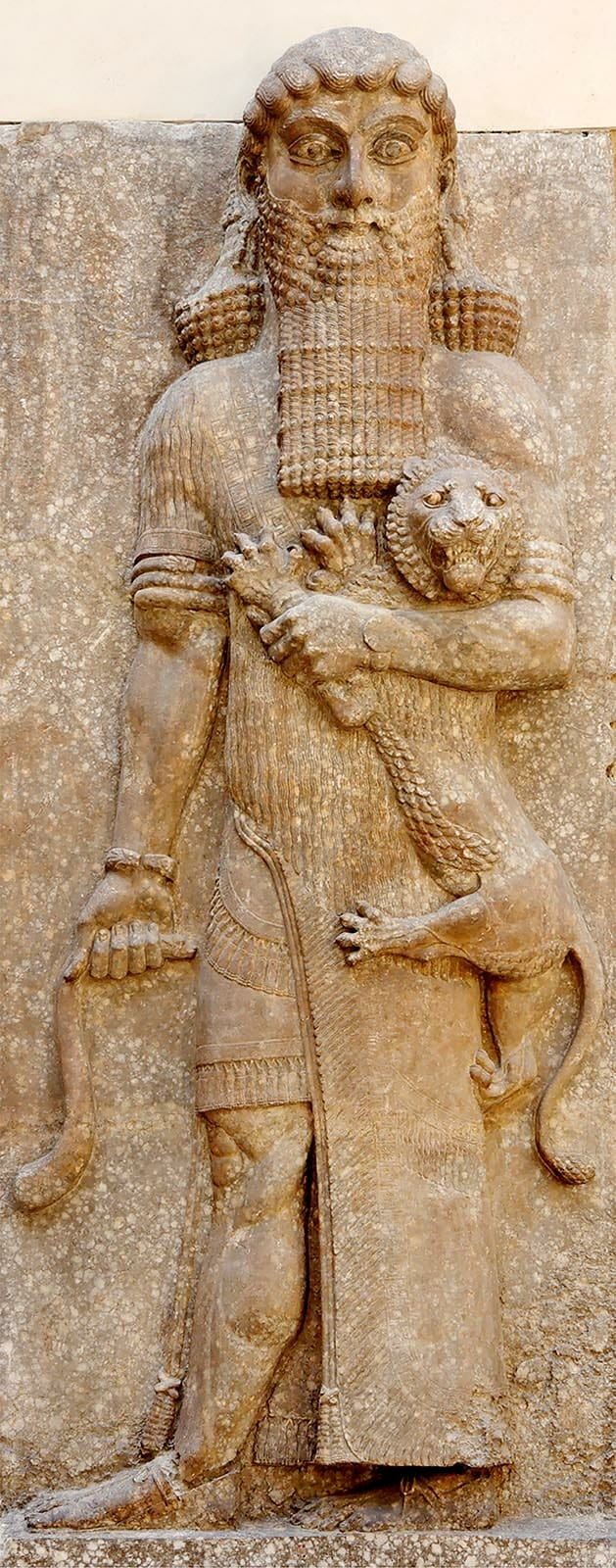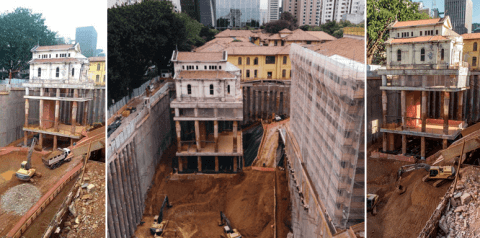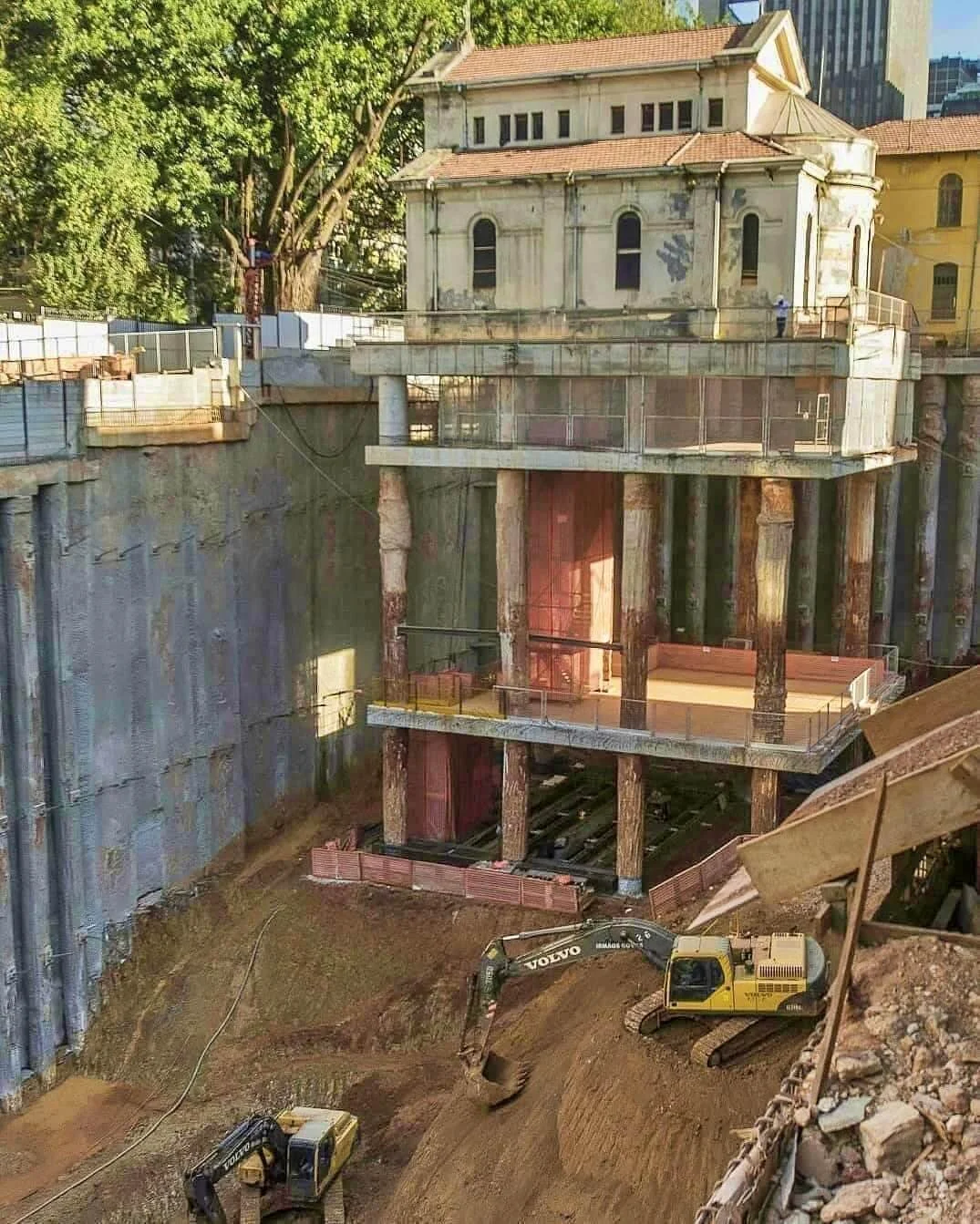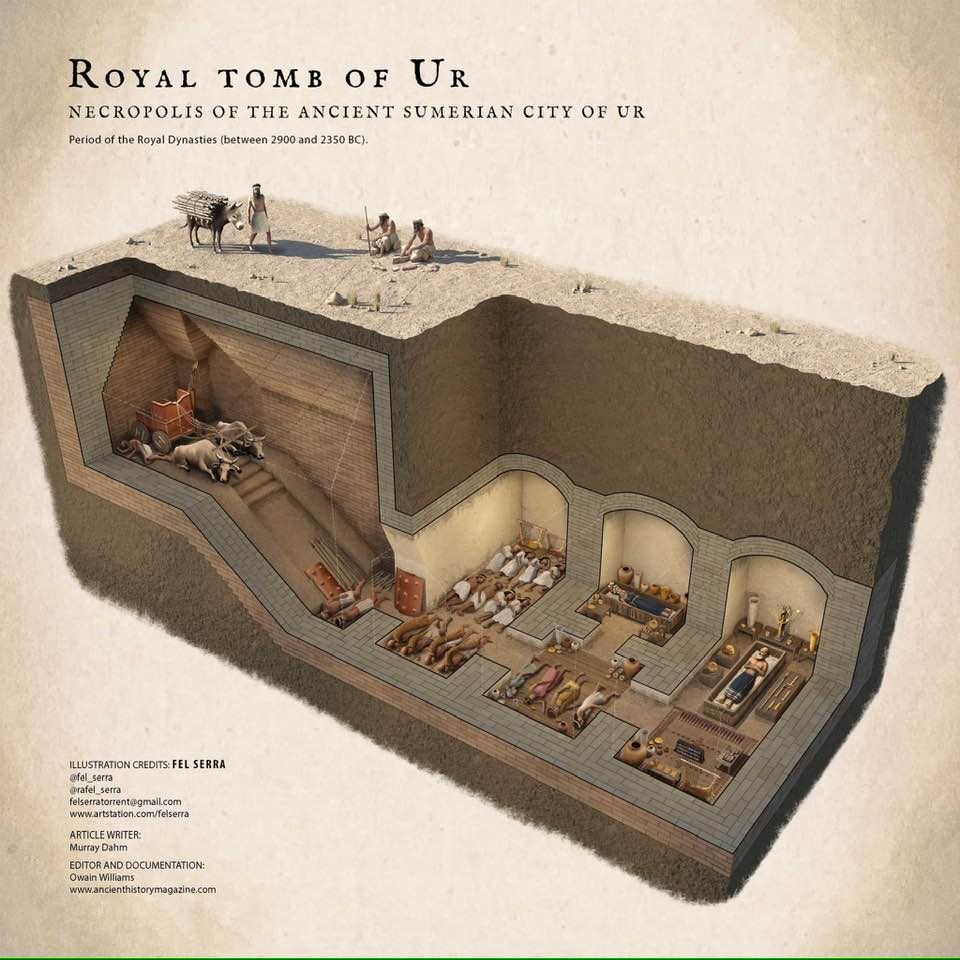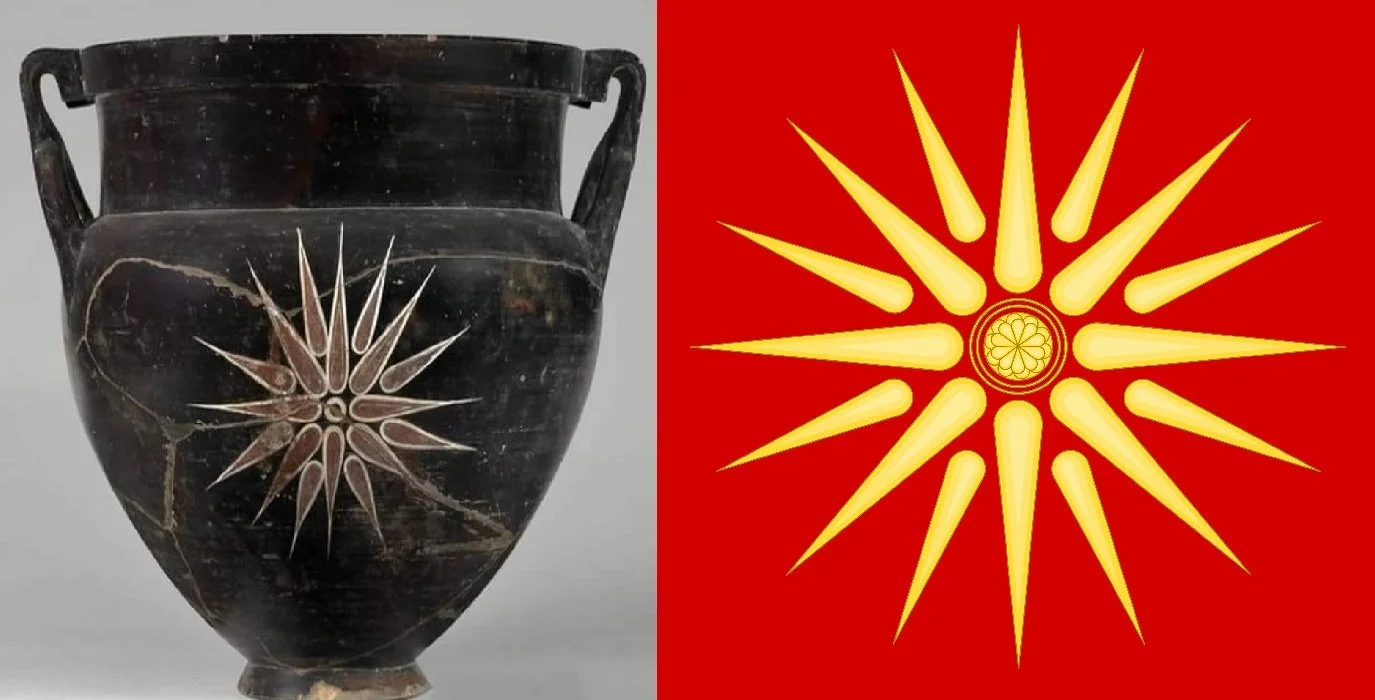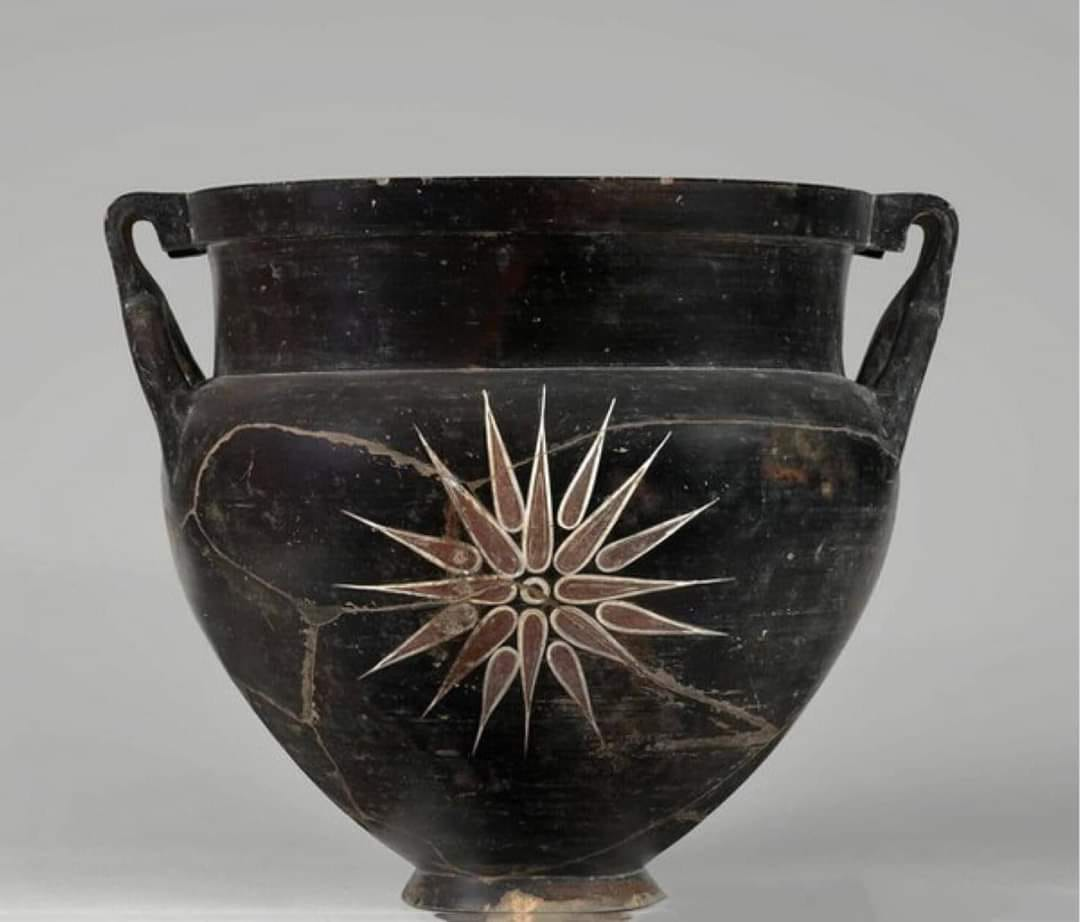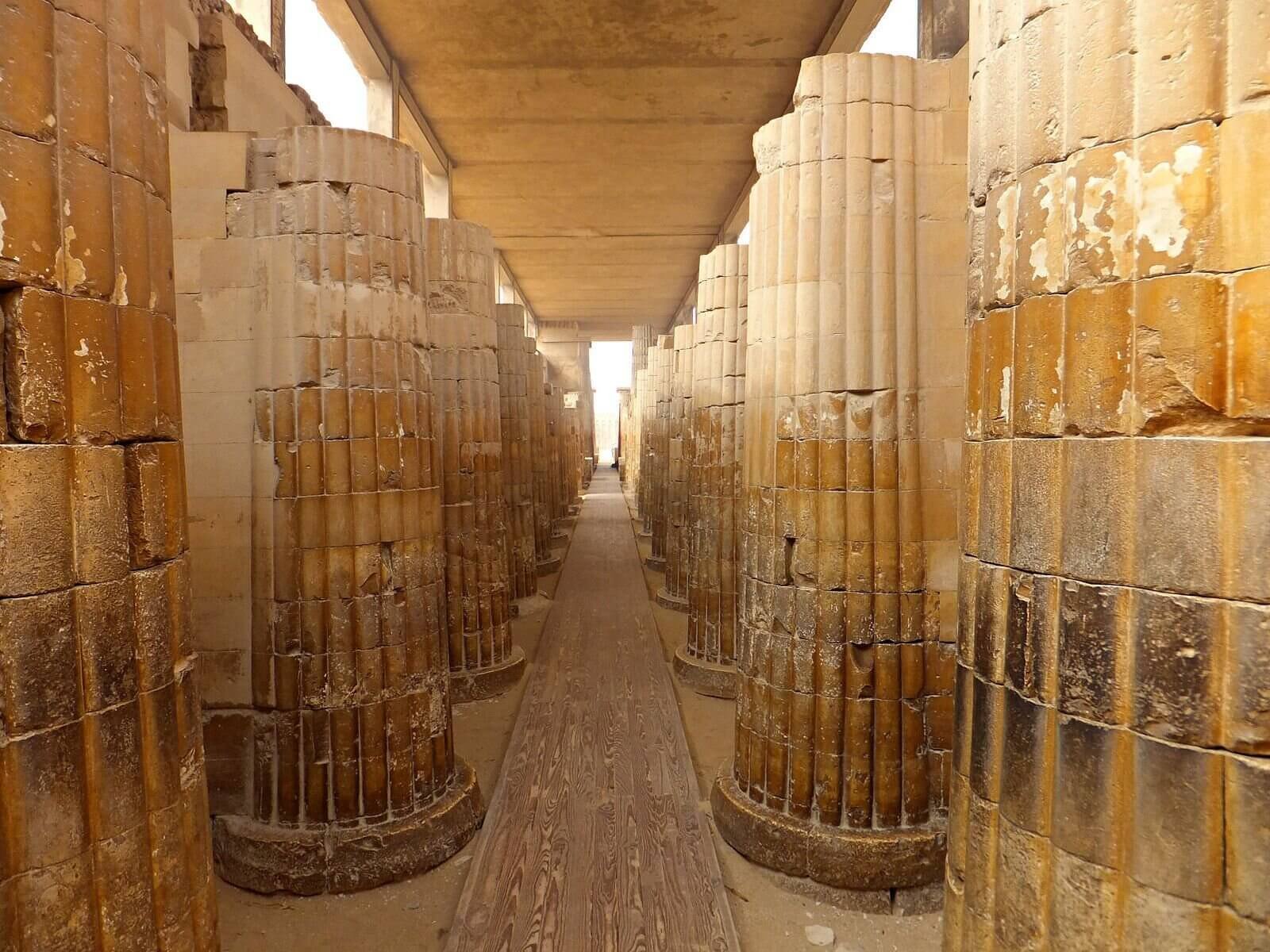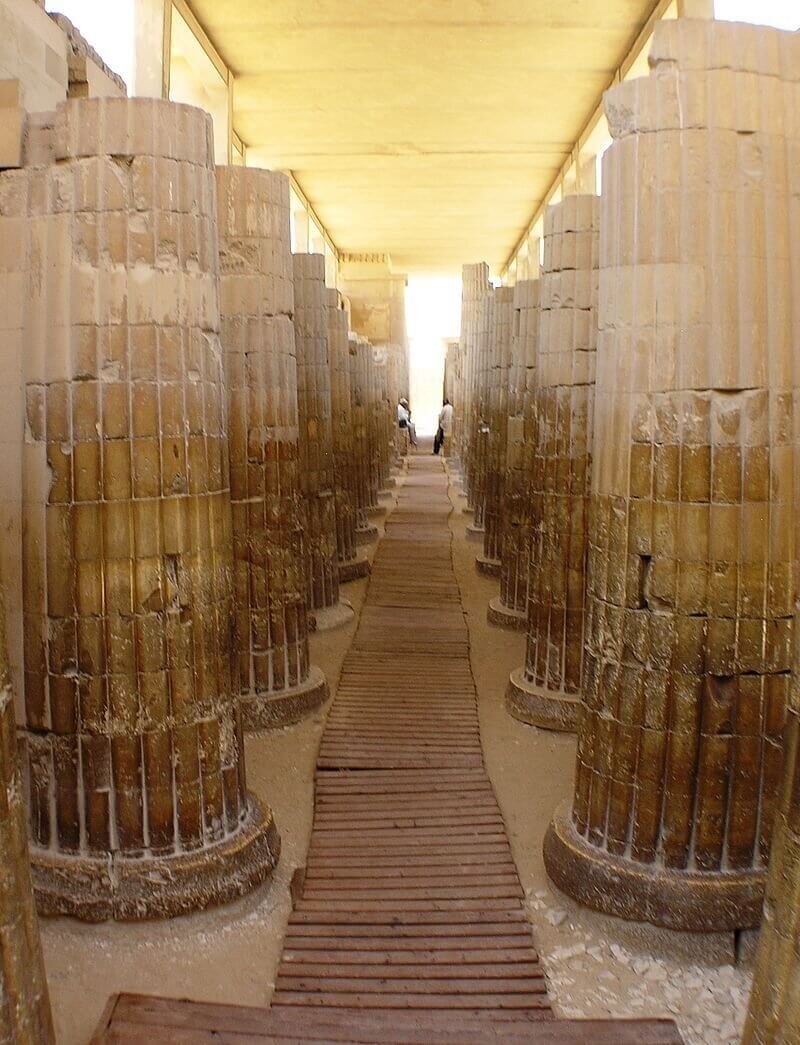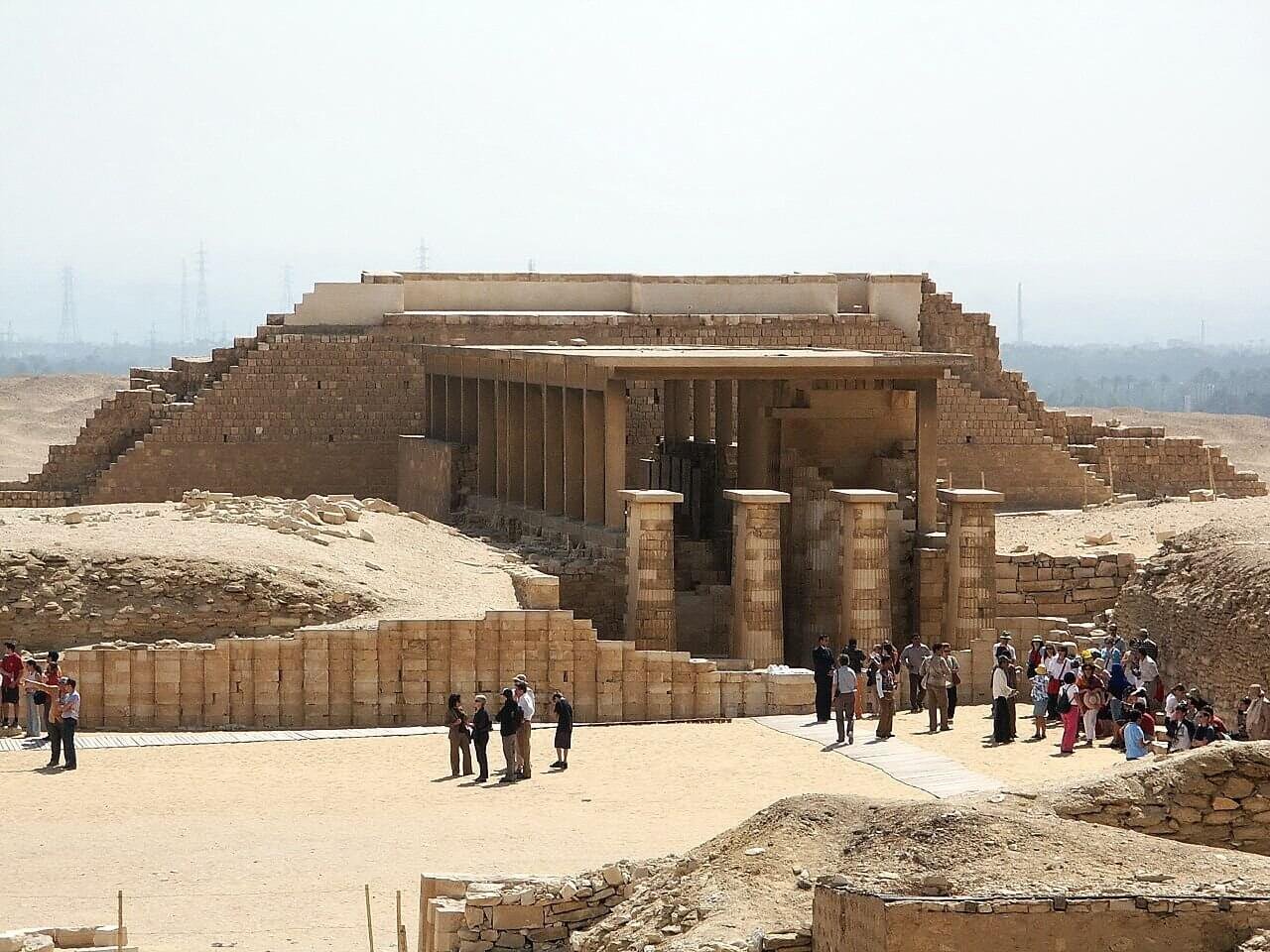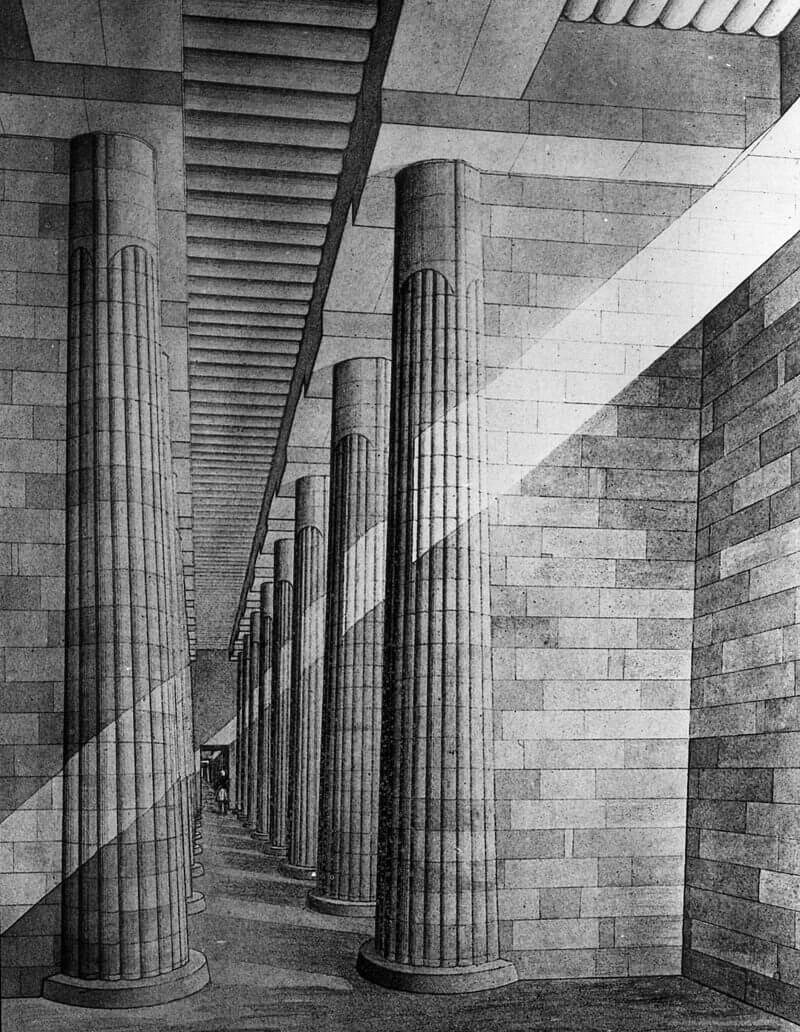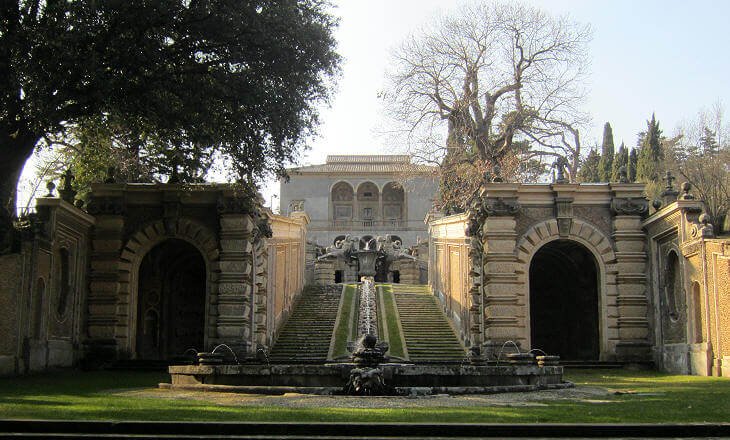The ancient city of Akrotiri on the island of Thera (modern-day Santorini) was once a bustling Bronze Age settlement, intricately linked to the Minoan civilization on Crete. It was a city of great wealth and maritime prowess, as evidenced by the vibrant frescoes and advanced infrastructure found during excavations. However, the eruption of the Thera volcano around 1600 BCE abruptly ended this chapter of human history. Despite the extensive damage caused by the volcanic event, which buried the city in pumice and ash, one mystery remains unsolved: where are the human remains?
The absence of human skeletons at Akrotiri raises profound questions about the fate of its inhabitants. Did they foresee the impending disaster and flee in time, or were they swallowed by the sea, leaving no trace behind?
Akrotiri: The Bronze Age City of Thera
Akrotiri was a major urban center during the Bronze Age, located on the southern coast of Thera. It was part of the Minoan civilization, a powerful maritime culture that dominated the Aegean during this period. The city’s well-preserved ruins, buried under layers of volcanic ash, have revealed multi-story buildings, intricate frescoes, and advanced drainage systems, offering a glimpse into the life of its ancient inhabitants.
Before the eruption, Akrotiri was a thriving hub of trade and cultural exchange. Its frescoes depict ships, harbors, and distant lands, suggesting that the people of Akrotiri were skilled navigators. However, the cataclysmic eruption of the Thera volcano changed everything, burying the city in up to 12 meters of volcanic material and triggering devastating tsunamis that affected much of the Aegean.
The Thera Eruption: Nature’s Catastrophic Fury
The Thera eruption is widely regarded as one of the largest volcanic events in human history. It is believed to have been four to five times more powerful than the eruption of Krakatoa in 1883. The eruption consisted of several phases, starting with earthquakes and smaller volcanic activity, followed by the release of massive amounts of ash, pumice, and volcanic gases.
The final phase of the eruption, the caldera collapse, caused the island to implode, generating tsunamis that swept across the Mediterranean. Ash from the eruption has been found as far away as Egypt and the Levant. This catastrophic event would have had a profound impact on the Minoan civilization and the people of Akrotiri.
Fouqué’s Discovery on Therasia: The Only Human Remains Found
In 1867, French geologist Ferdinand André Fouqué made an important discovery on the nearby island of Therasia, which forms part of the caldera rim of the Thera volcano. During excavations at the Alaphouzos quarry, he uncovered the remains of a man who appeared to have been killed when the roof of a building collapsed during the eruption. This is the only human skeleton on the island known to be directly associated with the Thera eruption.
The discovery of this single skeleton raises the question: why has no such evidence been found in the far more extensively excavated city of Akrotiri? This absence fuels speculation that the population may have had time to escape, but it also leaves room for alternative theories.
Theories on the Absence of Human Remains at Akrotiri
Evacuation Theory
One of the most widely accepted theories is that the people of Akrotiri had enough warning to evacuate the city before the final stages of the eruption. Evidence suggests that there were precursor earthquakes and volcanic activity that could have signaled the impending disaster. The frescoes found at Akrotiri depict various types of ships, implying that the inhabitants had the means to flee by sea.
If this theory holds, the people of Akrotiri may have left the city in boats, taking their most valuable possessions with them. This could explain why no gold or other precious items have been found in the ruins. However, the question remains: where did they go, and what became of them?
The Harbor Hypothesis
Another theory suggests that many of the missing inhabitants may have perished near the harbor, which has yet to be fully excavated. Some archaeologists believe that the harbor was located to the south of the current excavation site, possibly between the nearby Mesavouno and Kokkino Vouno (Red Mountain). If this is the case, human remains and boats may still be buried beneath layers of volcanic debris or submerged in the surrounding sea.
Marine archaeology could hold the key to unlocking this mystery. It is possible that a large number of people attempted to escape by sea, only to be caught by the volcanic explosions and the tsunamis that followed.
The Tsunami Hypothesis
The tsunamis triggered by the collapse of the Thera caldera would have been massive, reaching far beyond Santorini and affecting coastal communities across the Aegean. These tsunamis, combined with the pumice and ashfall, may have been responsible for the disappearance of many inhabitants.
Instrumental neutron activation analysis (INAA) has traced sea-borne pumice from the Thera eruption to sites as far away as Egypt and Tel Qasile in Israel. This evidence suggests that people who tried to flee by boat may have been swept away by the waves, their remains lost to the depths of the sea.
The Lack of Gold: A Sign of Pre-Eruption Evacuation
One intriguing detail that supports the evacuation theory is the absence of gold or other high-value goods in the ruins of Akrotiri. In ancient times, gold was a symbol of wealth and status, and it is unlikely that the inhabitants would have left without taking their most prized possessions. The discovery of a single gold object—a golden ibex deposited in a wooden box near the Xeste 3 building—suggests that the people had time to gather their valuables before fleeing.
This absence of gold could indicate that the population had a window of time to escape the city before the final, most destructive phase of the eruption.
Could More Remains Be Hidden Beneath the Ash?
Although no human skeletons have been found at Akrotiri so far, this does not necessarily mean they will never be discovered. Large areas of the city remain unexcavated, and the possibility exists that human remains may be buried deeper beneath the volcanic material. Additionally, the harbor and surrounding areas could yield further clues, particularly if marine archaeology is employed to explore the seabed.
The mystery of the missing human skeletons at Akrotiri remains one of the most tantalizing questions in Aegean archaeology. Whether the inhabitants escaped in time, perished at sea, or lie buried beneath the volcanic debris, the absence of remains challenges our understanding of the impact of the Thera eruption. Ongoing archaeological and geological investigations may yet provide answers, but for now, the fate of Akrotiri’s people remains shrouded in mystery.
What is clear is that Akrotiri stands as a testament to the ingenuity and resilience of the Minoan civilization, even in the face of one of the greatest natural disasters in history.

